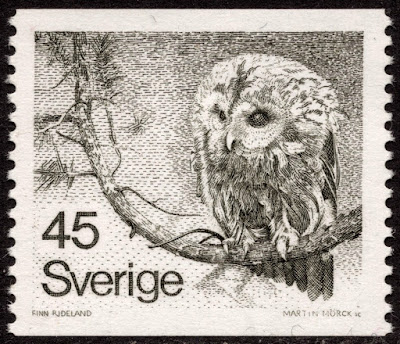Our story begins on 14 November 1152 BC in ancient Egypt, under the reign of Pharaoh Ramses III. This date fell within a period we now define as the 20th dynasty. It is a warm autumn day, probably around 28º Celsius. A group of artisans have gathered around the entrance to a rock-cut tomb at the Royal Necropolis in Deir el-Medina. An intense discussion is taking place. Arguments arise. Shouts are numerous. Intense situation notwithstanding, they are all in agreement over one thing: they are fed up with not being paid. They have wives and children to care for. This lack of respect for their talents cannot continue. Enough is enough. As one the group drops their tools of the trade and walk off site. The Egyptian authorities have no choice but pay their workers, and give them a pay rise at the same time. Thus is entered into history the first ever successful strike action. The dramatised account surrounding this event is, of course, fictional, but something similar may have occurred on that autumn day.
The strike action, sometimes called a labour strike or simply strike, is a work stoppage when employees, due to some grievance or another, refuse to work en masse. The actual word 'strike' in this context was first used in 1768 when sailors 'struck' or removed the topgallant sails of a bunch of merchant ships docked in London in support of demonstrations taking place. Strike actions became rampant during the industrial revolution when mass labour was required to run the ever growing number of factories and mines. The increasing number of strikes frightened governing bodies and many countries quickly cracked down and made them illegal. But this didn't deter disgruntled workers. Striking continued. By the end of the 19th century most countries, realising the strike action was simply not going to go away, compromised somewhat by making them partially legal, depending on circumstances.
In 1879 the first major strike in Sweden among workers took place in a town called Sundsvall. Workers in the town refused to accept a decrease in wages. History now records this event as the Sundsvall strike. Indeed, a monument was erected by workers in 1947, some 3 km south of town at the Oljehamnen (Oil harbour).
***
In September 1979 Sweden issued a stamp commemorating the 100th anniversary of this historic event. The stamp was engraved by Martin Mörck. It depicts a group of workers marching away from their place of work, fists clenched, expressions grimly determined. Not unlike those resolute Egyptian artisans over 3000 years prior. This stamp is appropriately gritty and stoic, and the choice of a sepia tone lends the scene an oily industrial feel. A great stamp and a fitting tribute to the brave workers at Sundsvall.
Below is a photo of the Sundsvall strike memorial. Located right next to the oil harbour near the E4 road.
Until next time...











